A parasite consumes nutrients from its host, slowly leading to harmful damages. A Mutualist benefits from the host while it nurtures the ecosystem between the two. In the thesis project, we see adaptive architecture as a mutualist that creates a mutualistic relationship with its host, industrial building—exploring the possible benefits which adaptive designs can bring to the industrial zone. As the industrial area has long been an isolated zone from the people due to public perception and planning history, the project proposes a method to attract more development opportunities as commercial, public facilities, and civic services into the industrial estates.
Singapore has been started on its road to prosper since 1965 as being a booming city of industries. As it transits into an international financial center and a garden city, Singapore is experiencing significant development fast from a thriving CBD area to a residential hub like Tampines and Hougang projects. However, industry zones get less attention from most developers because of various reasons. Compared to other zones on Singapore’s land, industrial zones remain “old” and have less attention. It is exciting and unavoidable to develop the forgotten industrial zones in Singapore. The vision of this project is to go for an adaptive approach to blender the “new” and the “old”, the “boring” and the vibrance. Making Singapore’s industrial zones a future attraction for both Singaporeans and visitors around the world. As for how mutualism works, the project aims to minimize the original industrial function’s interruption yet take advantage of the existing structure. Stimulating economic vitality and human traffic in the area; Rebuild industrial buildings’ image and rewrite the industrial zone’s public perception.
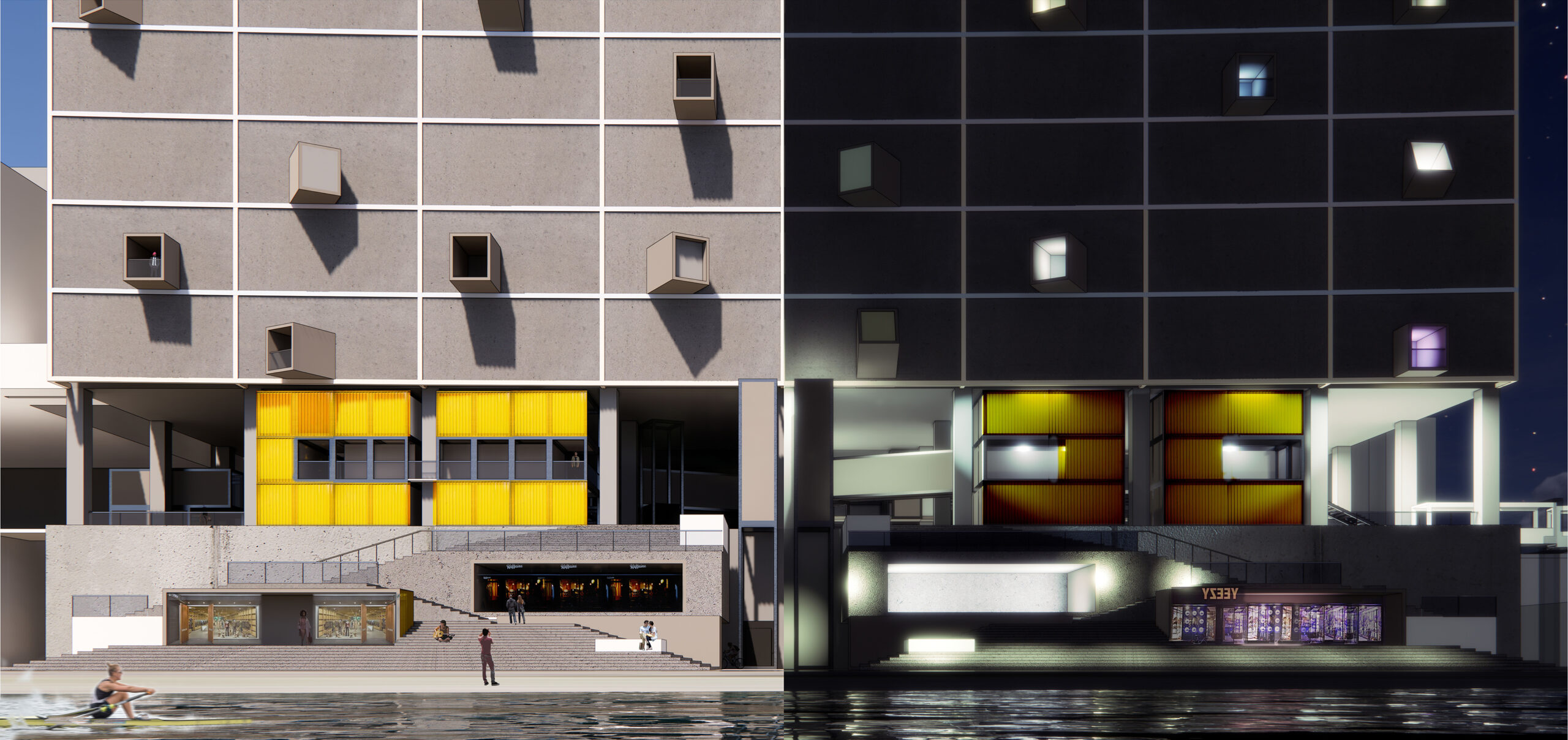
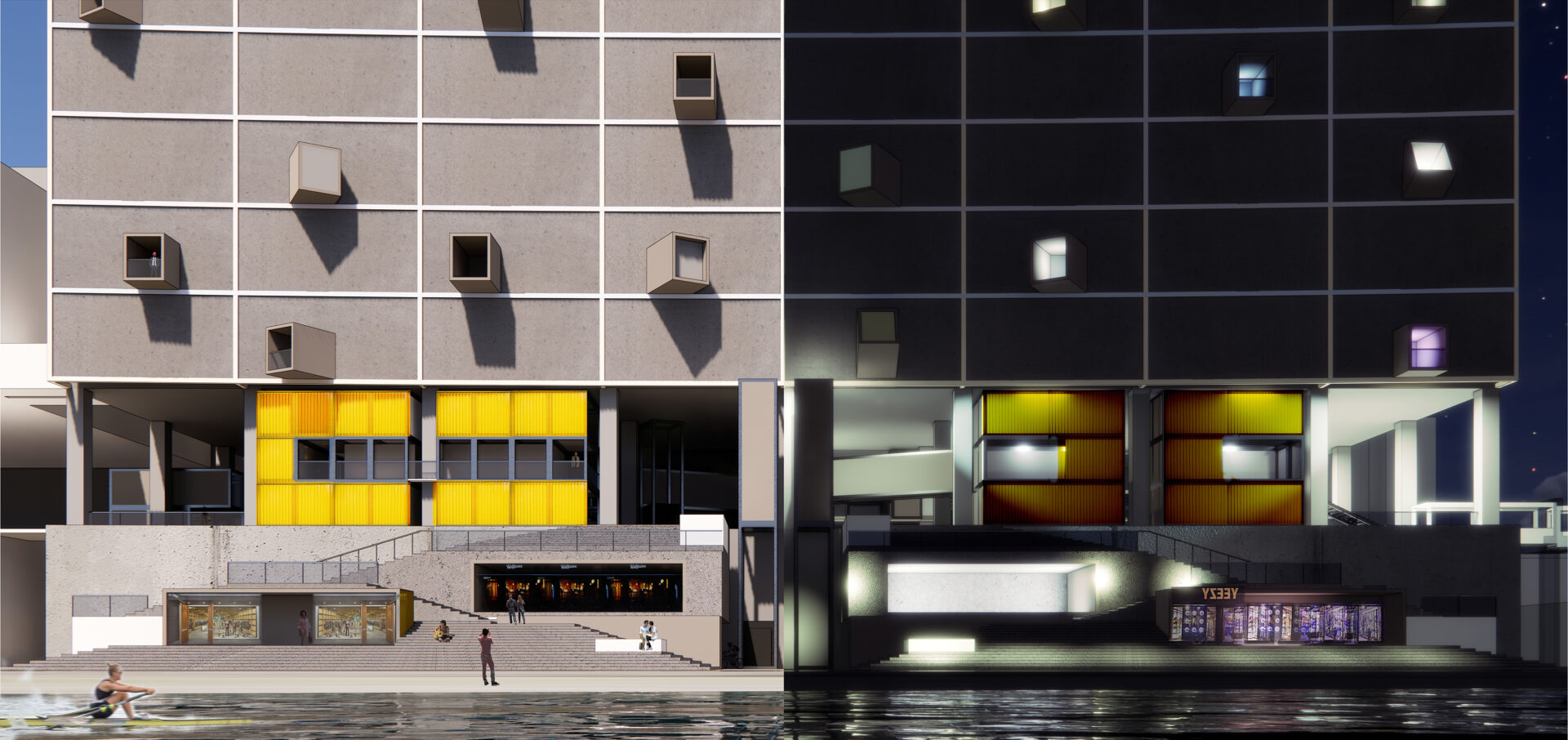
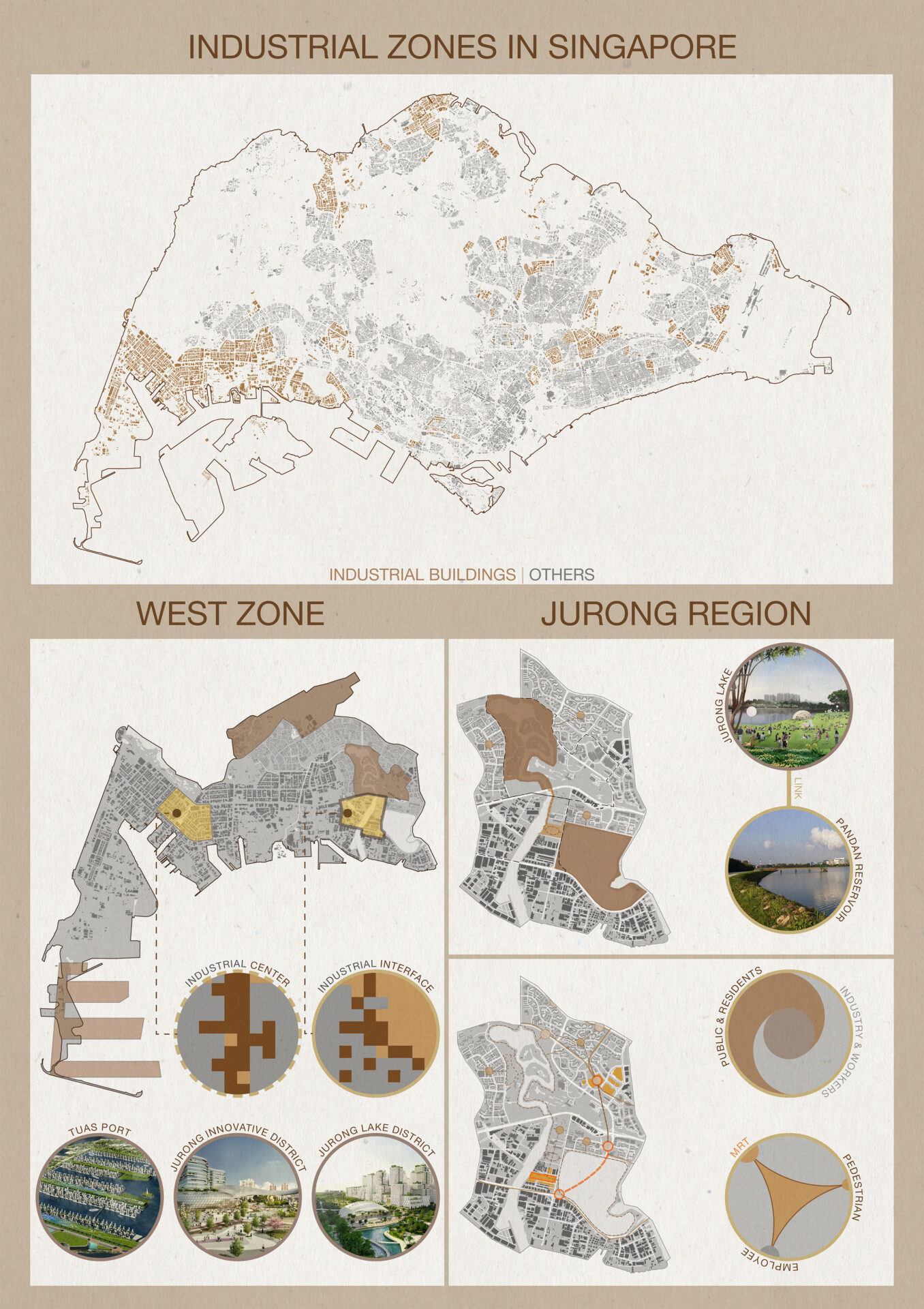
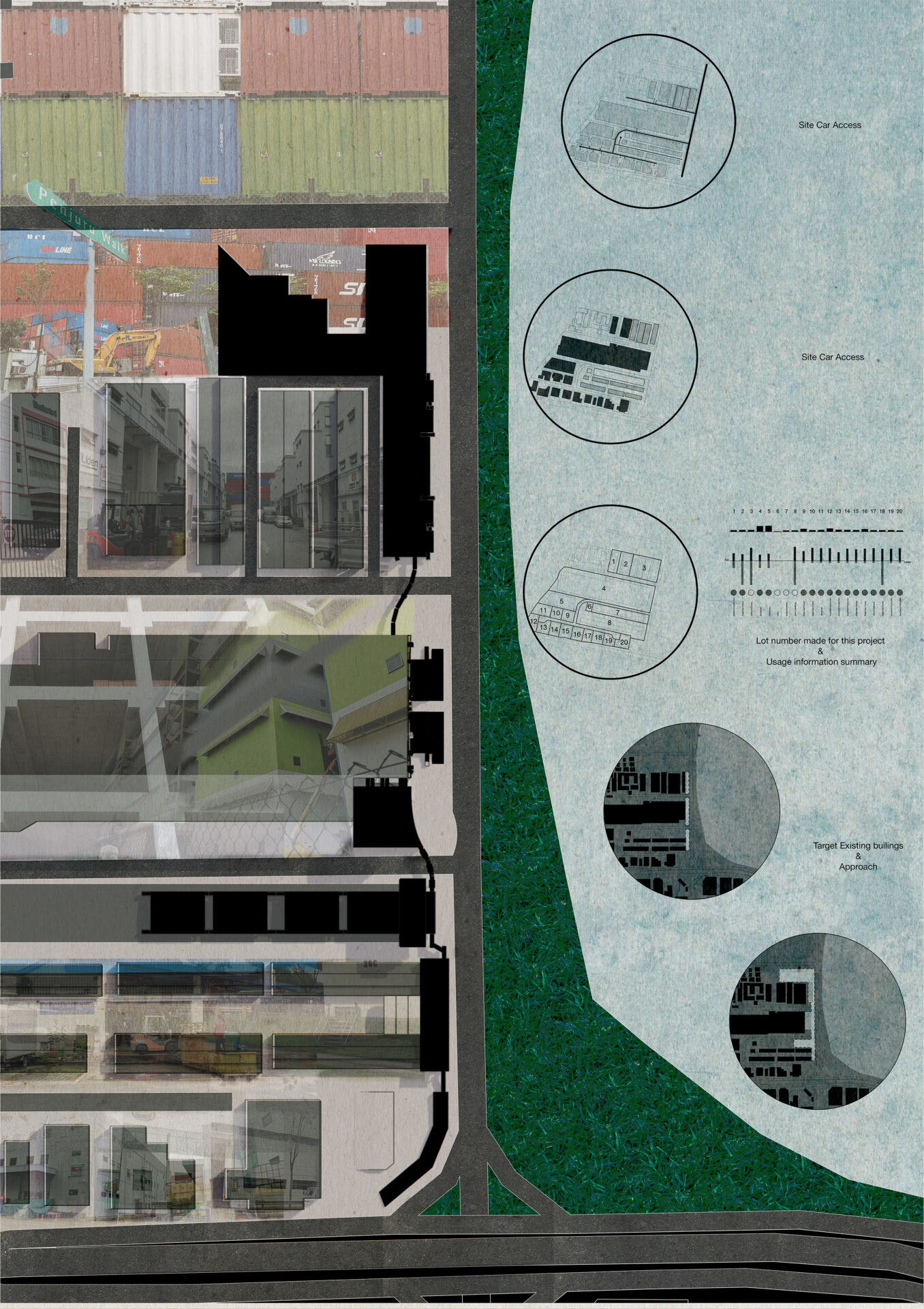
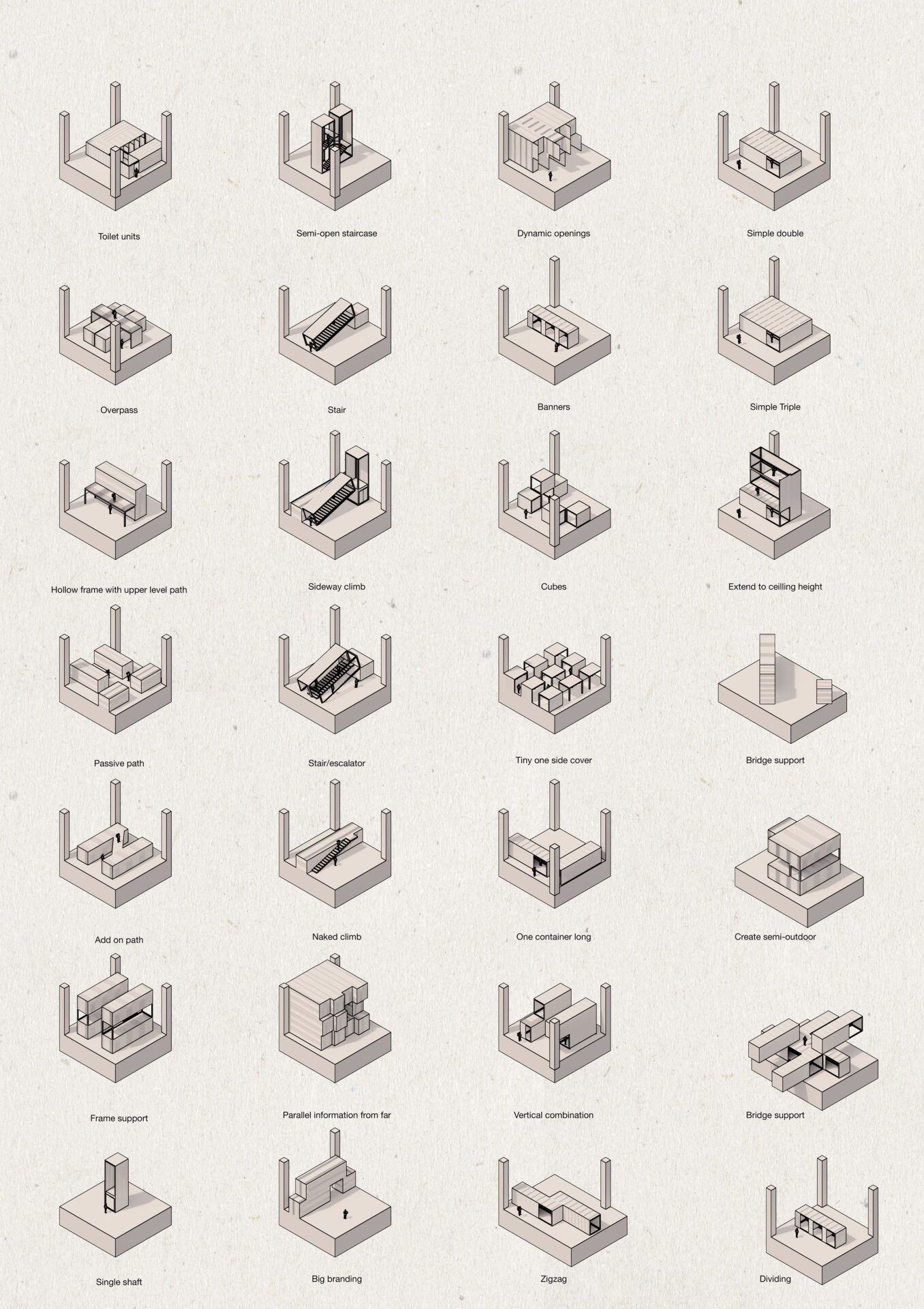
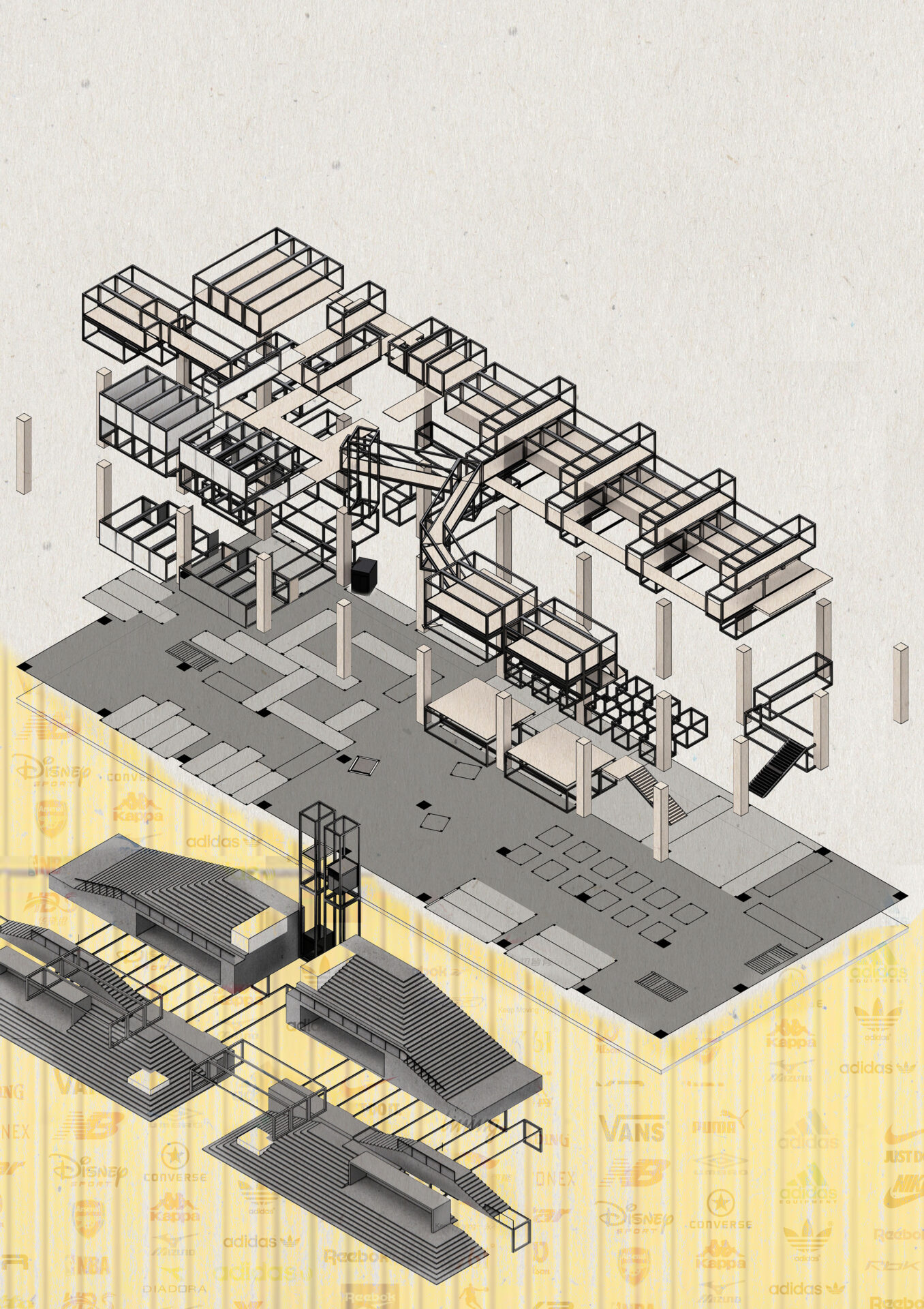
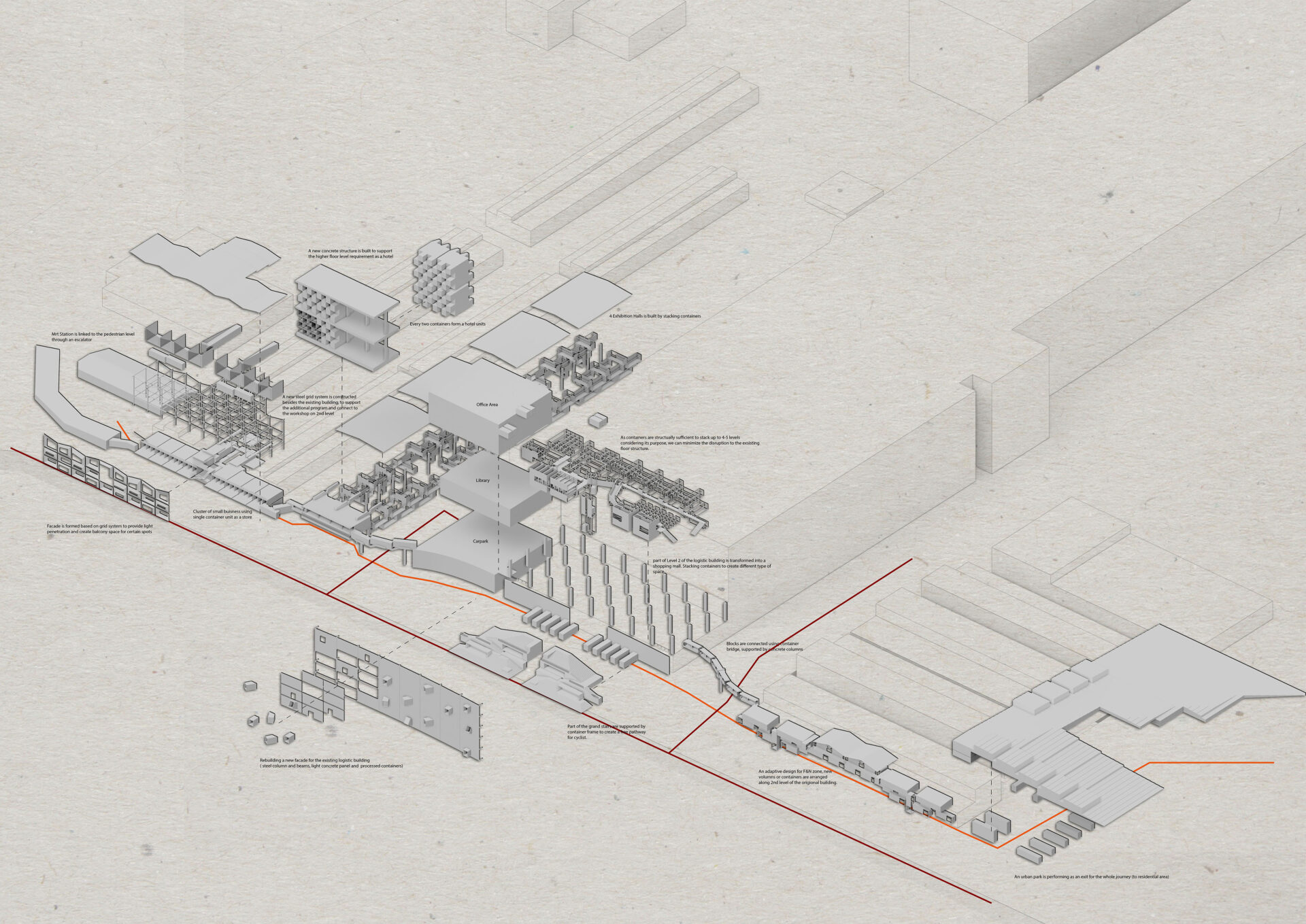
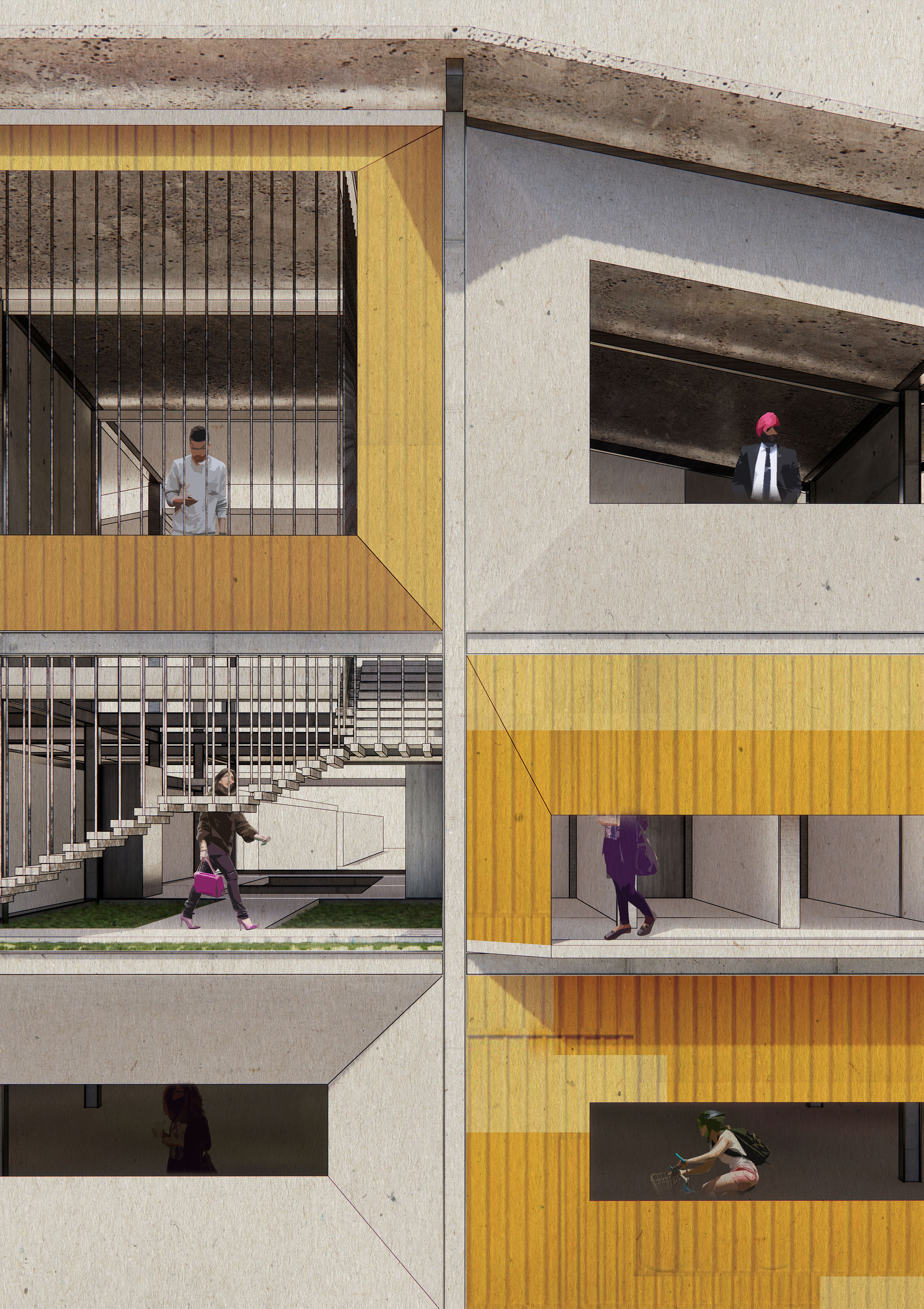
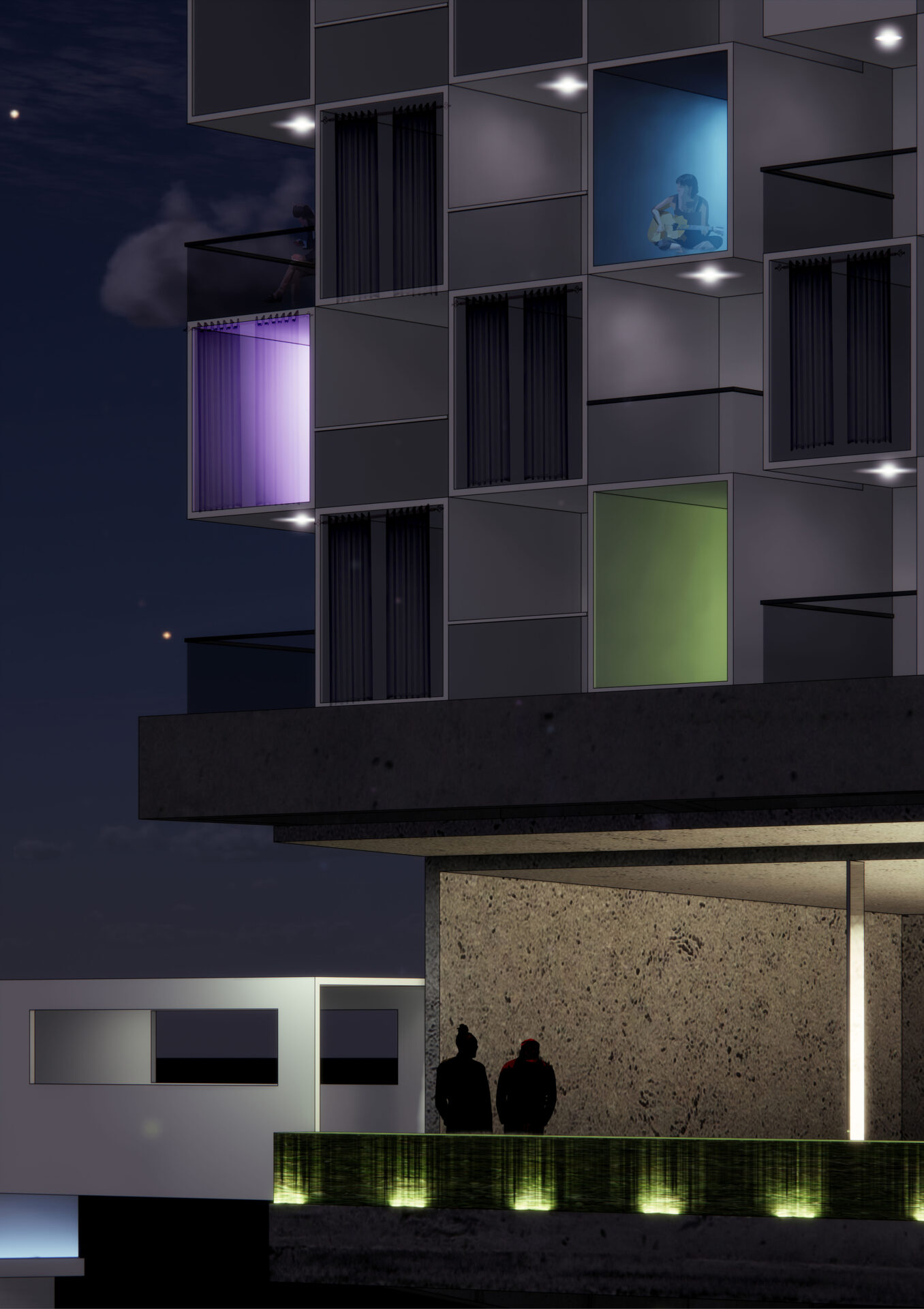
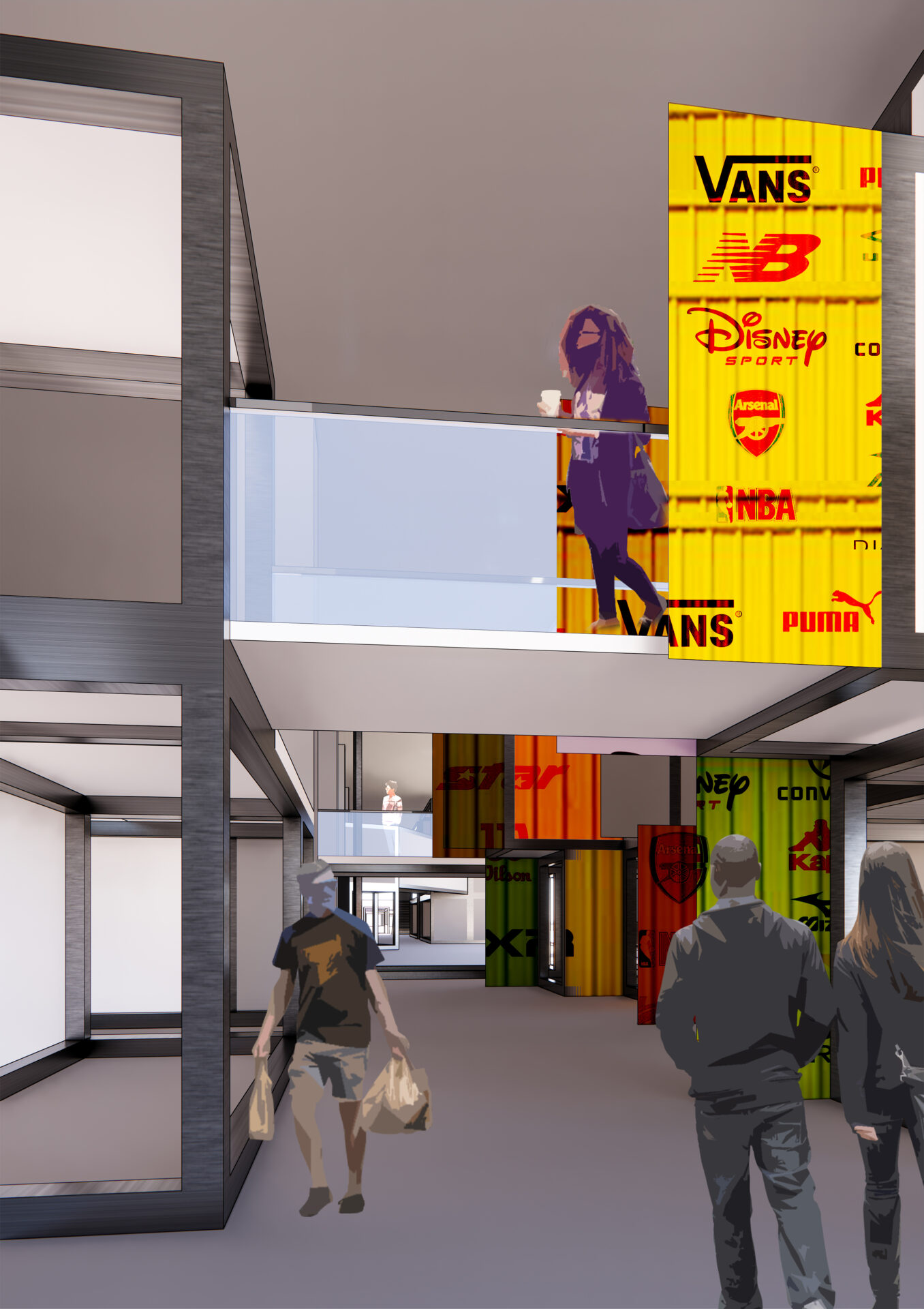
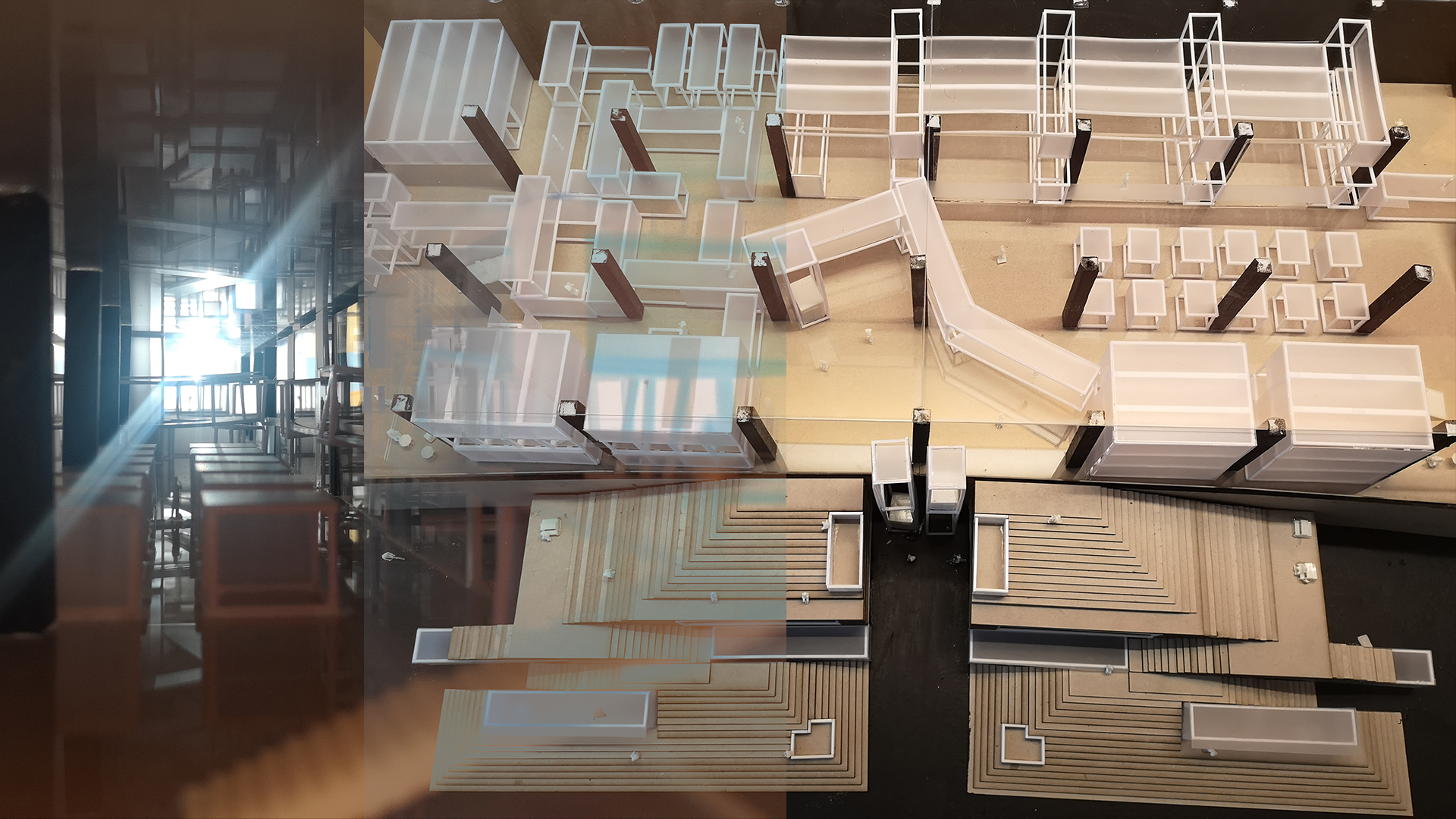
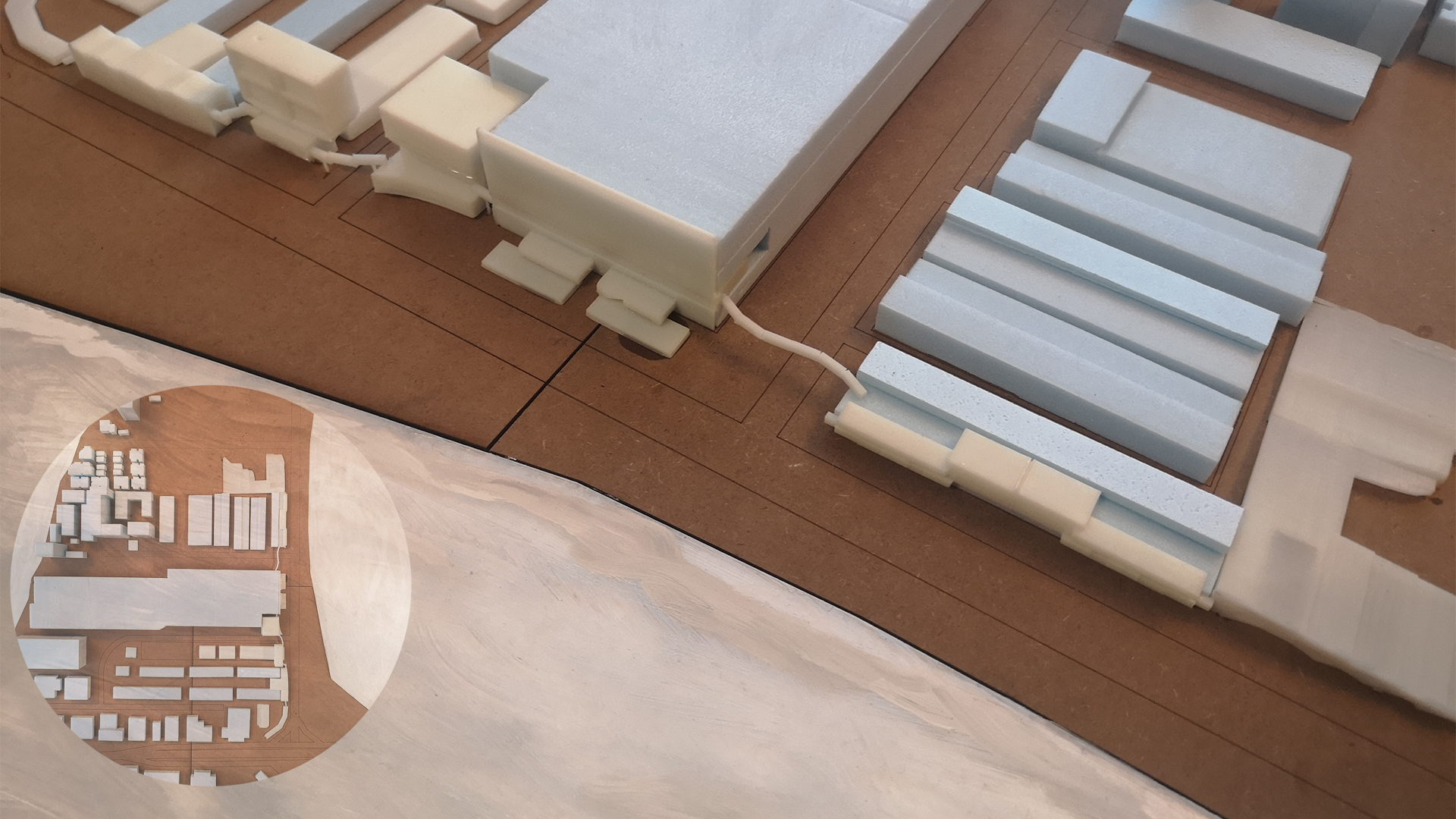
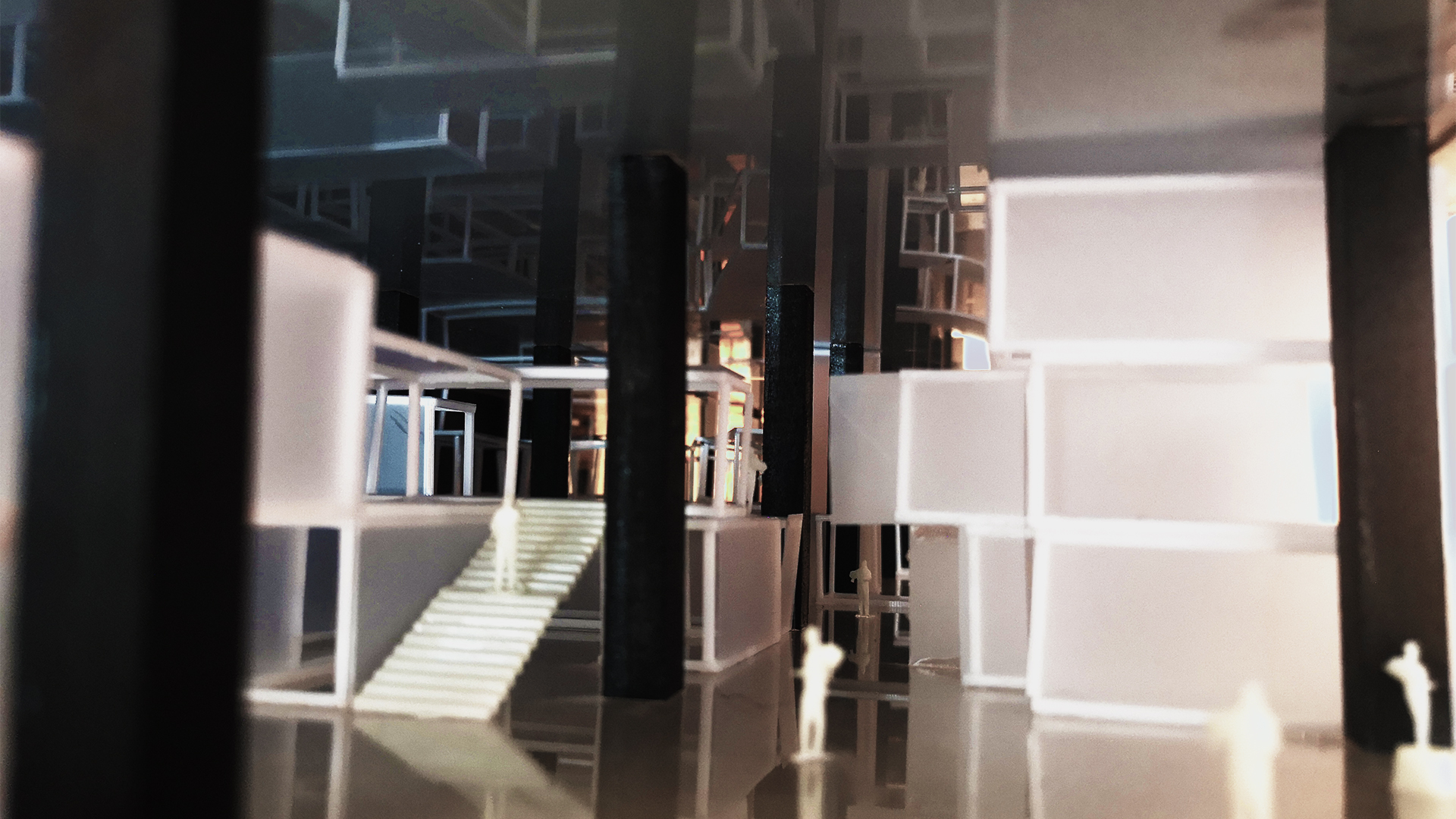
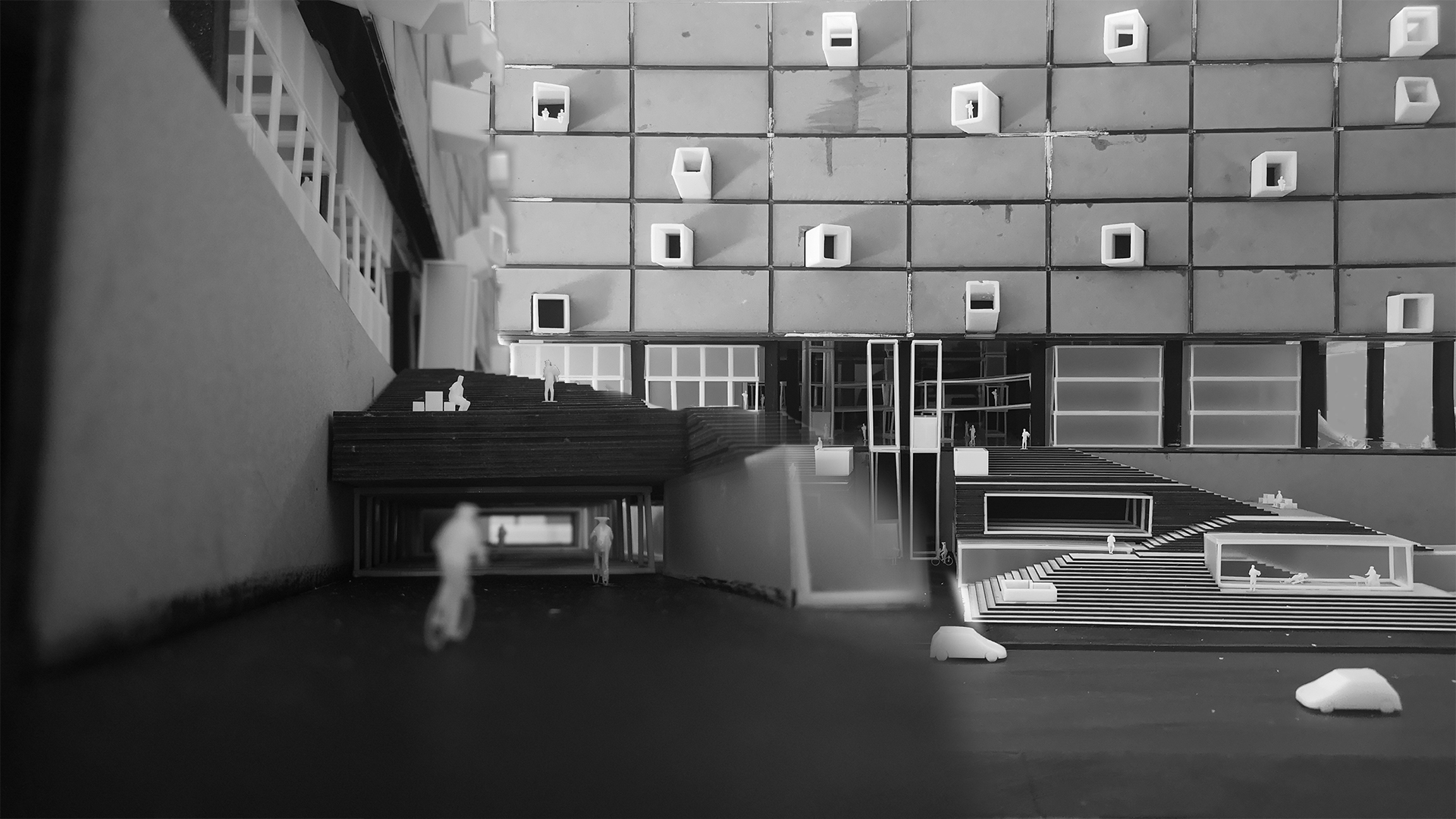
Supervisor's comments:
Industrial buildings are designed to be functional and while esthetics may play a minor role, industrial estates are not known for their esthetic quality. This may contribute to the aversion that people generally have to living in the vicinity of industry. As Singapore’s population increases, there is far less opportunity to have dedicated industrial estates and more of the population may be confronted with industrial estates in their vicinity. This thesis considers the route from an anticipated residential estate to the nearest anticipated MRT station, past an industrial estate, and proposes a “façade” to accommodate the route and create an interface to the industrial estate. It borrows from the industrial language, specifically the container, and proposes a passage that is both inviting and providing.
- Assoc. Prof. Rudi Stouffs (Dr.)